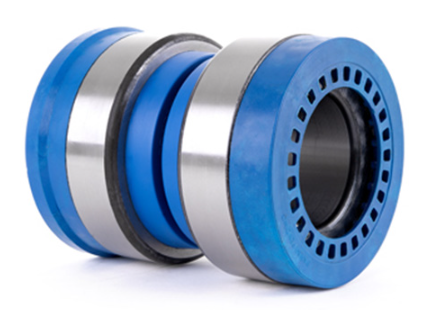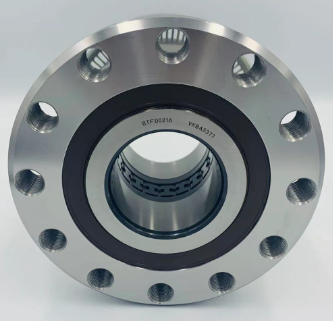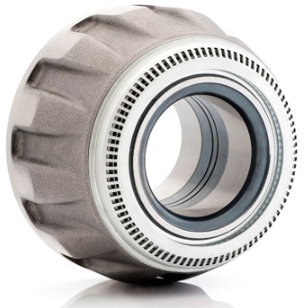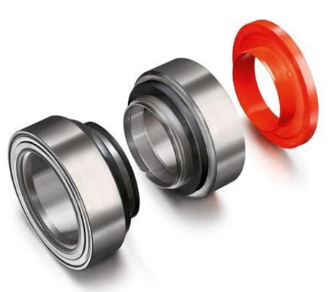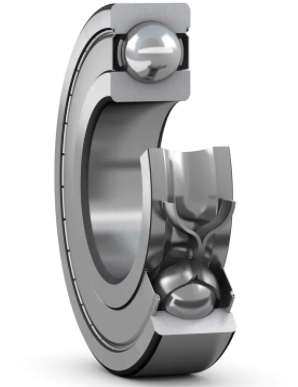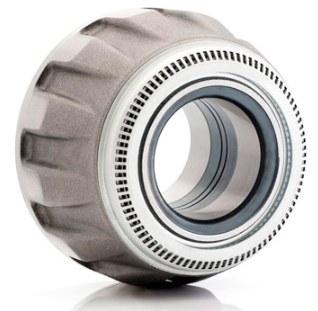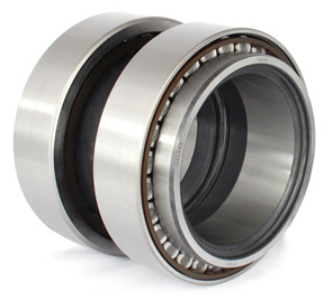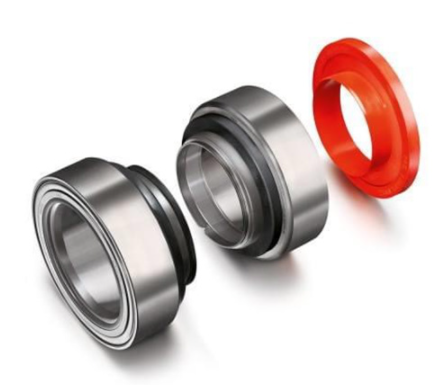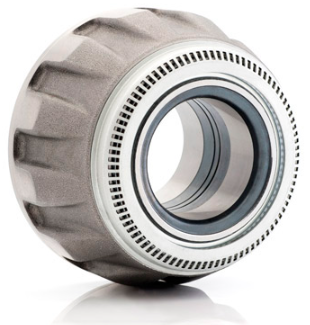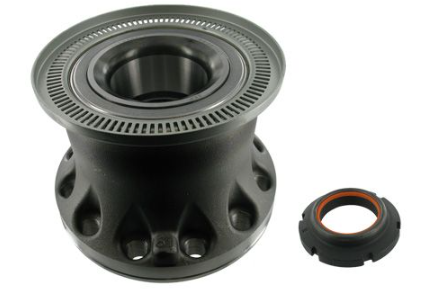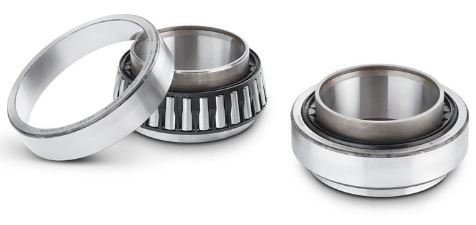In the world of commercial transport and logistics, the Truck Hub Bearing plays a vital role in ensuring smooth, safe, and reliable vehicle operation. Acting as the connection between the wheel and axle, this critical component supports heavy loads, reduces friction, and enables precise wheel rotation under extreme road and weather conditions. For fleets and truck owners, choosing the right Truck Hub Bearing is key to maintaining performance and extending service life.
What Is a Truck Hub Bearing?
A Truck Hub Bearing is a pre-assembled unit that integrates wheel bearings, hub, and other components into a single, compact structure. It allows the wheels to rotate freely with minimal resistance while bearing the truck’s heavy weight.
Compared with conventional bearings, modern hub bearing assemblies for trucks feature high-precision sealing, integrated sensors (for ABS), and advanced lubrication systems, providing higher durability and better performance under demanding conditions.
Functions of a Truck Hub Bearing
-
Support Heavy Loads
Truck hub bearings are designed to withstand high radial and axial loads from fully loaded vehicles traveling at highway speeds or off-road routes. -
Reduce Friction and Heat
High-quality bearings reduce mechanical resistance, which improves fuel efficiency and prevents overheating. -
Ensure Wheel Alignment and Stability
The hub bearing keeps the wheel fixed in position, ensuring straight-line stability and safe cornering. -
Enable Smooth Braking and ABS Functionality
Many modern hub bearings are integrated with ABS sensors, ensuring accurate speed detection and stable braking.
Types of Truck Hub Bearings
-
Tapered Roller Bearings
Commonly used in heavy-duty trucks and trailers, they provide excellent load-carrying capacity and resistance to impact. -
Double Row Hub Bearings
Designed for precision and compactness, ideal for front and rear wheel assemblies with integrated seals. -
Unitized Hub Bearings (Hub Assembly Units)
These come as ready-to-install modules with pre-lubricated and pre-adjusted bearings, reducing maintenance time and cost.
Features of High-Quality Truck Hub Bearings
-
High Load Capacity: Made from premium bearing steel or alloy materials to handle tough conditions.
-
Precision Sealing: Protects against dust, mud, and water intrusion.
-
Long Service Life: Optimized heat treatment and lubrication for reduced wear.
-
Easy Installation: Unitized design reduces assembly time.
-
Compatibility: Suitable for various truck brands such as Volvo, Scania, Mercedes-Benz, MAN, and Freightliner.
Applications of Truck Hub Bearings
Truck Hub Bearings are widely used in:
-
Heavy-duty trucks and semi-trailers
-
Construction and mining vehicles
-
Agricultural machinery
-
Long-haul freight transportation
-
Bus and coach wheel systems
Each application requires bearings designed for durability, high-temperature resistance, and shock absorption, ensuring consistent performance even in challenging environments.
Why Choose a Reliable Truck Hub Bearing Supplier
Selecting a trusted supplier ensures product consistency, safety, and compliance with international quality standards such as ISO/TS 16949. Manufacturers that provide customized Truck Hub Bearings can tailor size, load rating, and sealing systems to meet specific vehicle models and operating conditions.
A professional supplier also provides:
-
Strict quality testing (noise, vibration, rotation accuracy)
-
High-temperature and corrosion resistance
-
After-sales technical support
-
OEM & ODM services for global truck brands
Maintenance Tips for Truck Hub Bearings
-
Regular Inspection: Check for noise, vibration, or excessive wheel play.
-
Proper Lubrication: Use high-temperature grease suitable for heavy-duty use.
-
Avoid Overloading: Excess weight can shorten bearing life.
-
Timely Replacement: Replace worn hub bearings to prevent axle and brake damage.
Routine maintenance not only enhances truck performance but also reduces downtime and operating costs.
Conclusion
A Truck Hub Bearing is more than just a wheel component—it’s the backbone of stability, load capacity, and driving safety for every truck on the road. Investing in high-quality, precision-engineered hub bearings ensures long-term reliability, lower maintenance costs, and optimal vehicle performance.
For fleet operators, logistics companies, and truck manufacturers, a reliable Truck Hub Bearing solution means keeping business moving—smoothly and safely—mile after mile.

